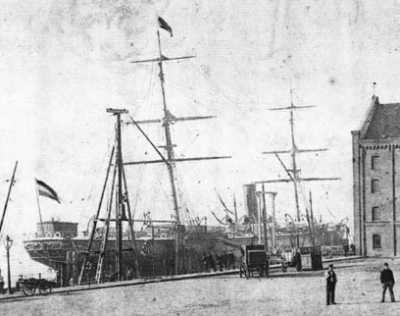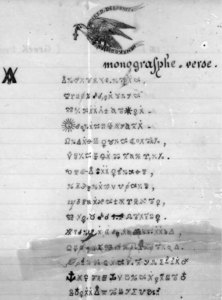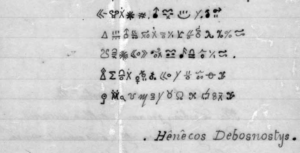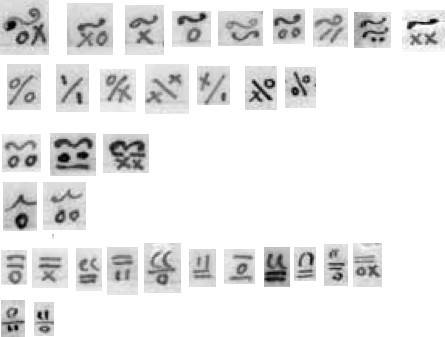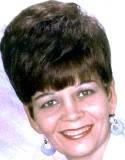A quick note following up yesterday’s post about Henry Debosnys and the S.S.Cimbria (that Debosnys claimed to have caught from Le Havre in June 1871).
According to a February 1980 article (in issue #105 of The Chronicle of the US Classic Postal Issues) called The Hamburg American Line – Mail Packets from New York 4 January 1870 to 23 December 1875 – via Plymouth and Cherbourg to Hamburg by Clifford L. Friend and Walter Hubbard, the S.S. Cimbria did not (just as I suspected) call at Le Havre on the crossings arriving at New York on the 21st May 1871 or 2nd July 1871.
Here’s a table containing links to all the information I have for Cimbria arrivals in New York in 1870 and 1871:
- Le Havre -/- New York - 23 Jan 1870 / 04 Feb 1870 - Roll 323, but Cumbria out of Glasgow rather than Cimbria? 05 Mar 1870 / 15 Mar 1870 - Roll 324, pp.253-264 16 Apr 1870 / 26 Apr 1870 - Roll 326, pp.299-315 04 Jun 1870 / 14 Jun 1870 - Roll 330, pp.151-166 ........... / 14 Nov 1870 ........... / 05 Jan 1871 19 Feb 1871 / 01 Mar 1871 - Roll 339, pp.317-323 01 Apr 1871 / 09 Apr 1871 - Passenger list ........... / 21 May 1871 - Roll 343, pp.118-139 ........... / 02 Jul 1871 - Roll 345, pp.141-153 15 Sep 1871 / 25 Sep 1871 - Roll 349, pp.34-49 28 Oct 1871 / 08 Nov 1871 - Passenger list
(Say what you like: people may keep trying to stamp it out, but philately will get you everywhere.)
Hence Debosnys plainly could not have caught the Cimbria at Le Havre in Jun 1871, because the ship didn’t stop there on that Atlantic crossing.
Moreover, even though 1871 saw many people emigrating from France to America, this is not reflected in the passenger lists of the Cimbria, in which I have seen not a single French person in 1871, and but a handful in 1870 (almost all of which were people in their 20s). I cannot help but suspect that the Cimbria did not normally take on passengers at Le Havre. As a result, right now I am deeply skeptical that Debosnys travelled across on the Cimbria in either 1870 or 1871.
Hence I think it far more likely that Debosnys came over on one of the numerous ships from Le Havre during 1871 carrying French emigrants. But trawling through those passenger lists (many of which are quite poor quality in the PDFs of the microfilms) would be quite an epic task, with only a small chance of success.
It might be better to first narrow down the range of years in which he made this journey. Currently, the earliest external record we have of Debosnys in America is from the French Society in Philadelphia in December 1878, where he and his wife Celestine were the recipient of charity until her death in 1882 [Adirondack Enigma, pp.90-91]. Celestine certainly existed, because commenter Misca found this entry on ancestry.com:-
Name: Celestine Debosnys
Birth Date: abt 1839
Death Date: 5 Mar 1882
Death Place: Philadelphia, Philadelphia, Pennsylvania
Age at Death: 43
Gender: Female
Race: White
Cemetery: Alms House
Marital Status: Married
FHL Film Number: 2057163“I checked the Alms House cemetery. She is not listed there but this may be an oversight of some sort. Not sure.”
I guess the next step back in time would be finding the date of their marriage. Hmmm…
